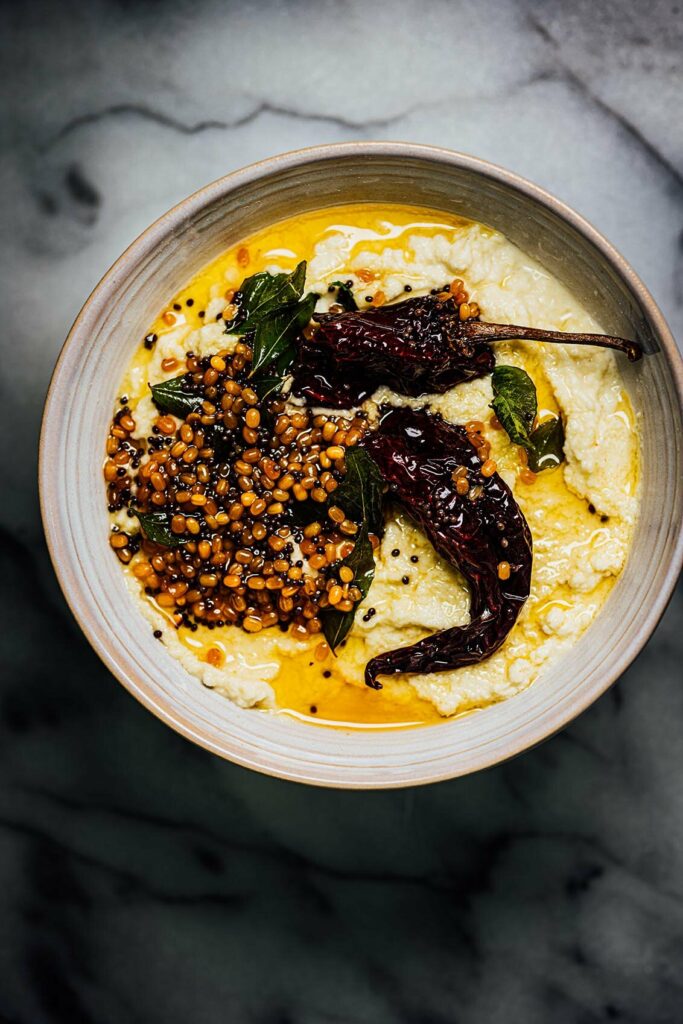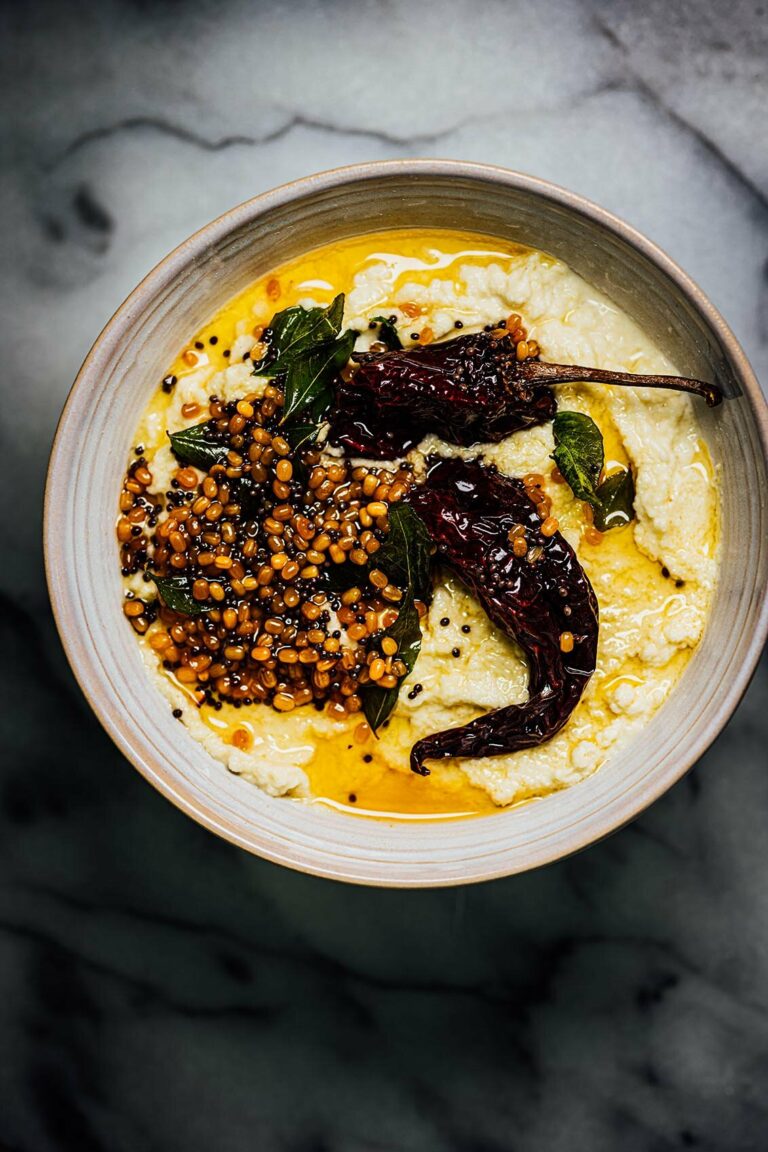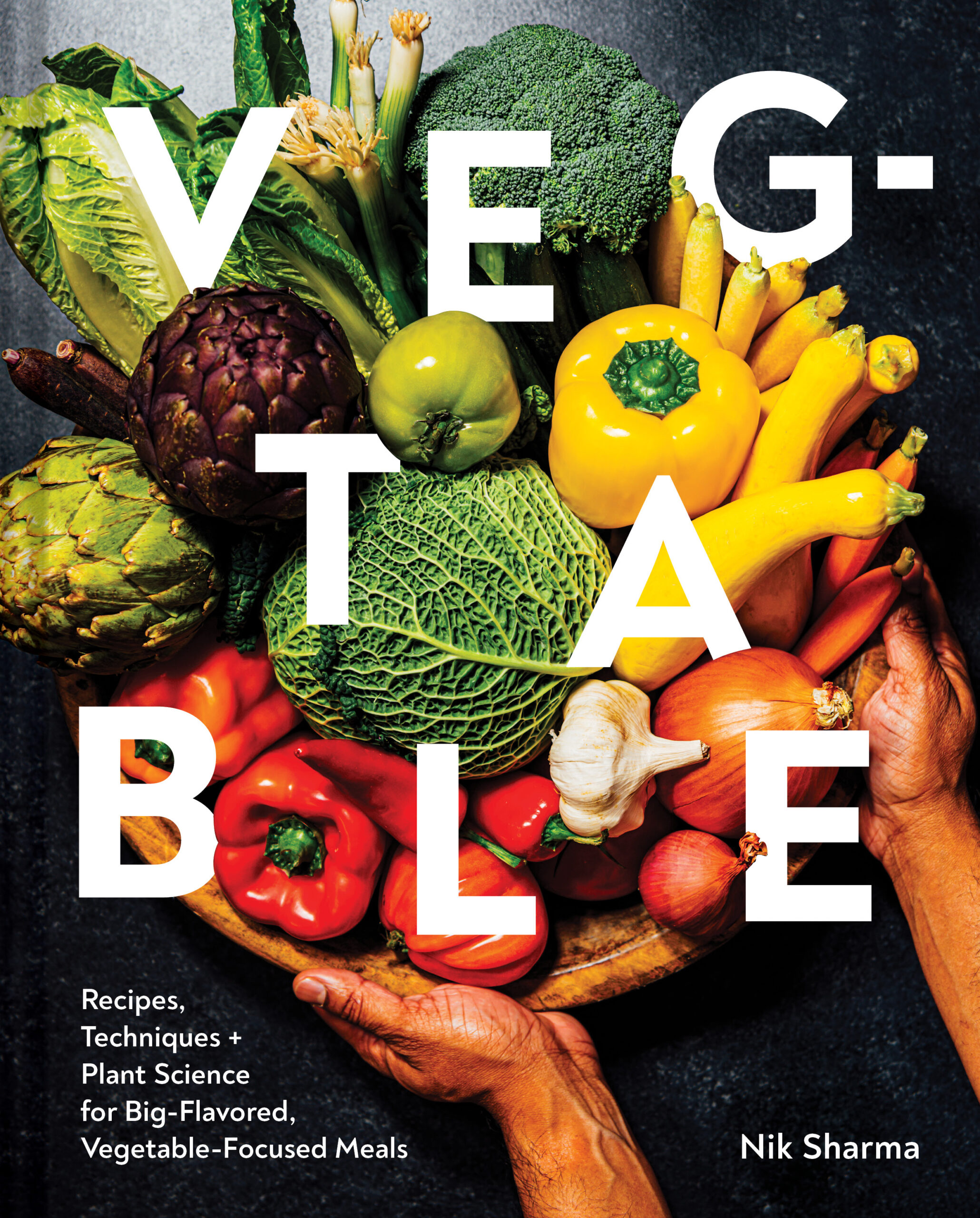

coconut chutney/thengai
5 Stars 4 Stars 3 Stars 2 Stars 1 Star
No reviews
Like dosas, there are a variety of coconut chutneys (as well as other accompaniments and condiments) with a thousand variations that might differ in how they’re made and the ingredients. This is a version I make at home called thengai chutney (I take a few liberties with it, and traditionalists might scoff a little, but it works well). You will need fresh or frozen unsweetened coconut (Indian stores carry them in the frozen section) to prepare; desiccated coconut (even when reconstituted with hot water) never gives the same pleasant mouthfeel. I usually pick a few bags of frozen coconut and store them in my freezer.
- Yield: 2 cups/480 ml
Ingredients
1 Tbsp split-gram lentils (chana dal)
2 cups/160 g packed fresh or frozen unsweetened grated coconut (if using frozen, thaw before use)
1 Tbsp peeled and grated fresh ginger
2 fresh green chillies
1/2 cup/120 ml lukewarm water (you might not use all of it or might you need a bit more, I recommend keeping a kettle filled with water on hand)
1 dried whole Kashmiri chilli
1 Tbsp coconut oil
2 tsp black or brown mustard seeds
1 tsp skinned urad beans (aka urad/udad dal), split or whole (I used whole here)
10 to 12 fresh curry leaves
Instructions
- Heat a small dry saucepan over medium heat. Add the split-gram lentils to the pan and toast the seeds until they release their aroma and toast a light brown for about 2 minutes.
- Add the toasted split-gram lentils with the coconut, ginger, and chilli to the blender. Pulse till you get a smooth purée; add a few Tbsp of warm water at a time to help grind the ingredients. Taste and add salt as needed. Transfer the coconut mixture to a serving bowl.
- Using a knife or kitchen shears, cut the dried chilli in half across its length, leaving the stalk end intact. Wipe down the saucepan used earlier, and heat the oil over low heat. Keep a lid wide enough to cover the saucepan next to you. Once the oil is hot, add the mustard seeds, dried chilli, and urad beans and swirl the pan and cook till the seeds turn golden brown, about 1 1/2 to 2 minutes. Add the curry leaves, cover with a lid, and cook for an additional 30 seconds till the leaves crisp, all the while making sure the seeds don’t turn dark black or brown (that will leave a bitter taste if that happens, discard the entire spiced oil mixture and repeat). Pour the hot seasoned oil mixture will all the spices and curry leaves over the coconut mixture in the bowl. Stir a little and serve with the dosas. This chutney is good for up to 2 to 3 days if stored in an airtight container in the refrigerator or the freezer for up to 1 month.
Notes
- Warm water helps the fat in the coconut melt and aids with grinding. Of course, the coconut is the primary flavor and textural component here, but in my opinion, the curry leaves, mustard seeds, and ginger give this coconut chutney its unique flavor.
- Of the two deals used in this recipe, the first is the lentil called channa dal or split gram lentils, and the second is the urad dal. The chana dal is toasted and then ground with the coconut to form a smooth paste, it adds flavor. I leave this out if I don’t have any at home, and the chutney still tastes good.
- The second dal is the urad/udad beans (dal) is optional. It adds a unique aroma to prepare the tadka while adding a crunchy texture. These are also used to make dosa batter. You can use skinned whole or split urad beans; my personal preference is for the whole, which is what I’ve shown here. I use a lower heat for the tadka; this allows the urad seeds to cook thoroughly in the oil and lowers the risk of the spices burning.
- Use fresh curry leaves and black or brown mustard seeds. Do not use yellow mustard seeds.
- Rinse curry leaves under cold tap water, rub them gently with a clean kitchen towel to remove any debris, and remove any water. This will help clean the leaves and reduce hot oil from flying out of the pan when the leaves get into the saucepan.
- The fresh green chillies you can play with, use less or more or pick a hotter variety. You have many options – Serrano, jalapeño, Thai chillies, etc.
- The dried red chillies are used to flavor the oil and also add a bit of color. Capsaicin, the heat-generating molecule in chillies, is the fat-soluble pigment that leaches into the hot oil, giving it flavor.
- A high-speed blender or food processor will get the job done well.
- To make the tadka, use a small saucepan. The high sides of the saucepan prevent things from flying all over the place, mustard seeds pop, and some will inevitably jump out of the pan.
- Sometimes, my mom will add 1 to 2 Tbsp of fresh lime juice. Other folks might add a bit of tamarind or yogurt to add a spot of brightness.
- Author: Nik Sharma

